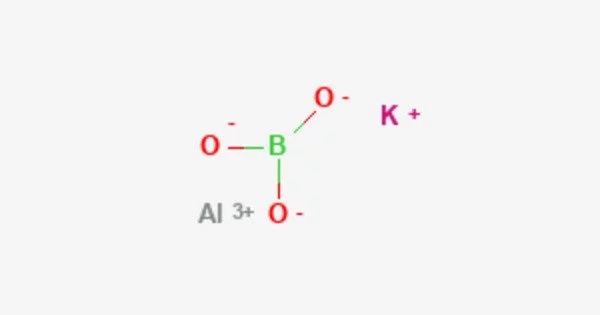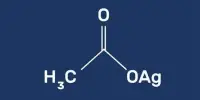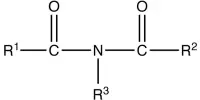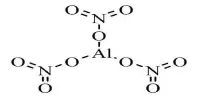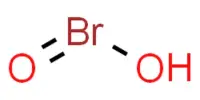Potassium Aluminium Borate, also known as KAB, is a boron compound that contains potassium, aluminium, and boron. It is an ionic compound composed of potassium ions, aluminium ions, and borate ions. It is commonly used as a flux in ceramic glazes, and also has applications in the production of refractory materials, glass, and enamels.
KAB is a white crystalline powder that is insoluble in water. Its chemical formula is KAlB3O6, and it has a molar mass of 268.82 g/mol. It has a melting point of 980°C and a density of 2.6 g/cm3. Its crystal form exhibits nonlinear optical properties. The ultraviolet beam at 266 nm can be obtained by fourth harmonic generation (FGH) of 1064 nm Nd:YAG laser radiation through a nonlinear crystal K2Al2B2O7 (KABO).
Properties
- Thermal Stability: KAB has a high thermal stability, meaning it can withstand high temperatures without breaking down or decomposing. This property makes it suitable for use in high-temperature applications, such as in the production of refractory materials, ceramics, and glass.
- Low Thermal Expansion: KAB has a low thermal expansion coefficient, meaning it does not expand or contract significantly when exposed to changes in temperature. This property makes it ideal for use in high-precision applications where dimensional stability is critical.
- Insolubility: KAB is insoluble in water and most organic solvents. This property makes it suitable for use in applications where chemical stability is essential, such as in the production of chemical-resistant coatings and linings.
- High Dielectric Strength: KAB has a high dielectric strength, meaning it can withstand high voltages without breaking down or conducting electricity. This property makes it suitable for use in electrical insulation applications.
- Low Toxicity: KAB is relatively non-toxic and safe to handle, making it suitable for use in a variety of applications, including food packaging, pharmaceuticals, and cosmetics.
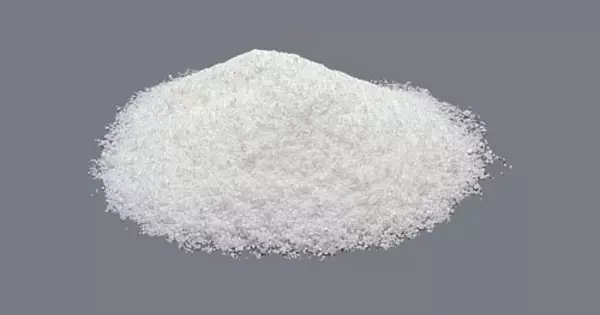
Application
In ceramic glazes, KAB is used to lower the melting point of the glaze and improve its viscosity. It also helps to reduce the thermal expansion of the glaze, which can prevent cracking or crazing during firing. KAB is often used in combination with other fluxes, such as feldspar or lithium carbonate, to achieve the desired properties in the glaze.
KAB is also used in the production of refractory materials, which are materials that can withstand high temperatures without melting or deforming. Its low thermal expansion and high melting point make it a useful additive in refractory materials, such as firebrick and furnace linings.
In glass and enamel production, KAB is used as a flux to lower the melting point of the materials and improve their flow properties. It can also help to reduce the amount of devitrification, which is the process by which glass or enamel forms crystalline structures during cooling.
Overall, potassium aluminium borate is a versatile compound with a range of industrial applications due to its unique properties as a flux and its ability to improve the properties of other materials.
